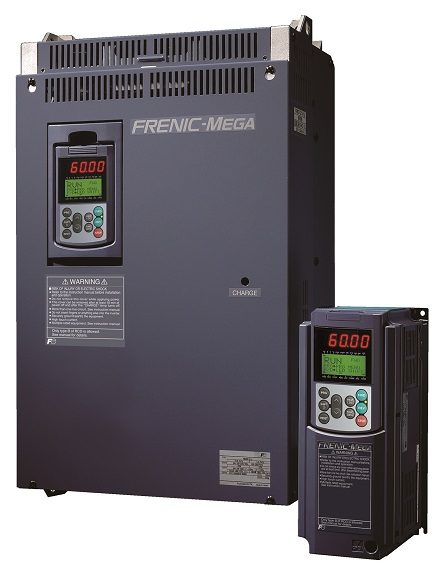
Because they serve similar functions, reduced voltage soft starters and variable speed drives many people mistake one for the other. Where a reduced voltage soft starter mainly serves one purpose: To gradually introduce power and torque to reduce wear and tear on mechanical parts of large electric motors. They do this by eliminating damaging power spikes and reducing electrical problems associated with these spikes such as overheating, flickering lights, or even brownouts. Variable speed drives can also do all of this, and much more.
Which will work best for you? It depends on what you want to use them for.
If the function of your electrical motor is to start and maintain a consistent speed with no changes in energy requirements throughout the process, the best choice is a reduced voltage soft starter.
However, if the electrical motor’s energy requirements shift frequently, or if the task requires any sort of variable speed control, variable speed drives are the best choice for the task.
Where a reduced voltage soft starter controls the current and torque at the start of the process, a variable speed drive can control the energy throughout the start, run and stop for the electric motor. It can adjust to meet the motor’s specific energy needs throughout the entire process, even if these needs change frequently.
If your application can accept a slow build-up of torque and still function properly, then reduced voltage soft starters are your best bet, but some functions require a high amount of torque in order for the application to work right, such as in the case of industrial equipment controlled by a programmable logic controller (PLC). Variable speed drives can generate both the high torque needed to fire up the engine, all while preventing the damaging surges associated with the greater energy needs of the startup process.
Where the nature of reduced voltage soft starters tends to be to start up the system and forget about it, variable speed drives work well with the use of PLCs and software to manage a larger process such as a complex series of conveyor belts, fans and/or pumps that work in a coordinated system at various speeds.
Because of its simpler function, reduced voltage soft starters are less expensive than variable speed drives. In the long term, a variable speed drive may pay for itself through reduced energy costs as the result of being able to supply “just-in-time” and “in the right amount” of energy for your electrical motor function, allowing your motor to work at peak energy efficiency all while reducing the need for industrial motor service.
Or do you need variable speed motor repairs? Go to our Contact page and fill out our quick solution form at the bottom of the page. Or if you prefer, just give us a call using our toll-free number: 1-888-984-4668.